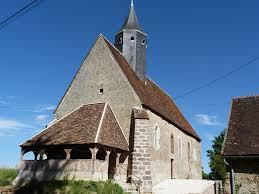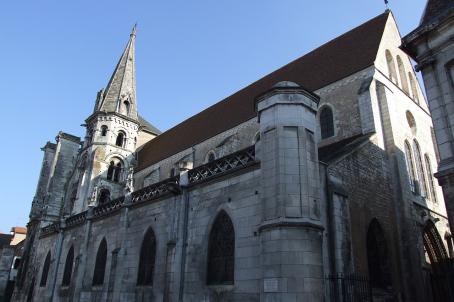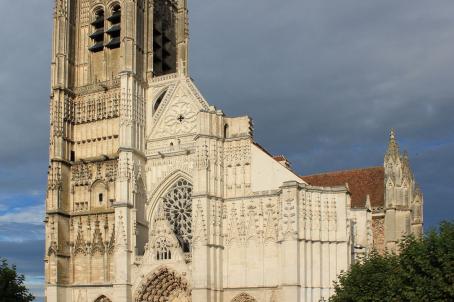Church of Saint-Romain
The Church of Saint-Romain is located in Sépeaux (Saint-Romain-le-Preux), in the Burgundy-Franche-Comté region. The building was originally a chapel connected to the monastery of Preux. The unique portal, dating from the twelfth century, is framed by two small columns and preceded by a caquetoire. Inside, among other interesting objects, is an 18th century painting and a wooden statue of Saint Eloi.
About this building
The Church of Saint-Romain is located in Sépeaux (Saint-Romain-le-Preux), in the Burgundy-Franche-Comté region. The building was originally a chapel connected to the monastery of Preux by the Path of the Dead. Still surrounded by its cemetery, it is located a little away from the village. The pillars of the church are built with the same sandstone found at the sides of the monastery of Preux. The scarcity of the material in the region suggests that it was imported for the construction, probably at considerable cost. The rest of the building is made of flint.
The church has an unique arched portal, dating from the twelfth century, that is framed by two small columns and preceded by a porch frame (a caquetoire). Some lancets of the thirteenth century are visible.
To the right of the hand altar, there is a statue of Saint Vincent, the patron saint of the winemakers and Saint Eloi, patron saint of the farmers and blacksmiths. Both are wooden. To the left of the front door is a painting depicting Saint Eloi painted in 1775 by Lambinet, who was a famous painter at that time.





